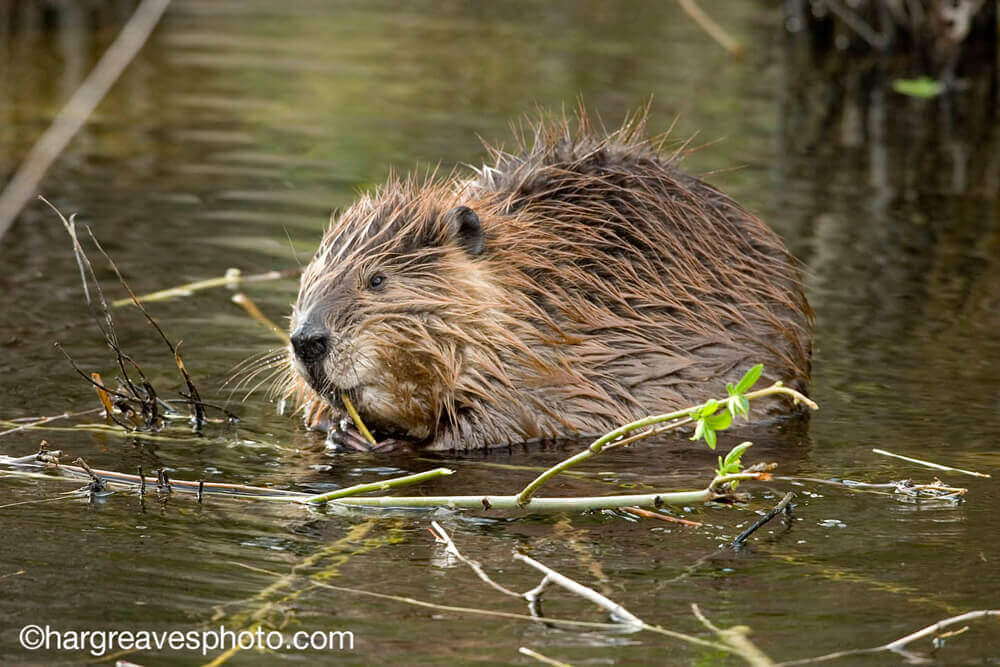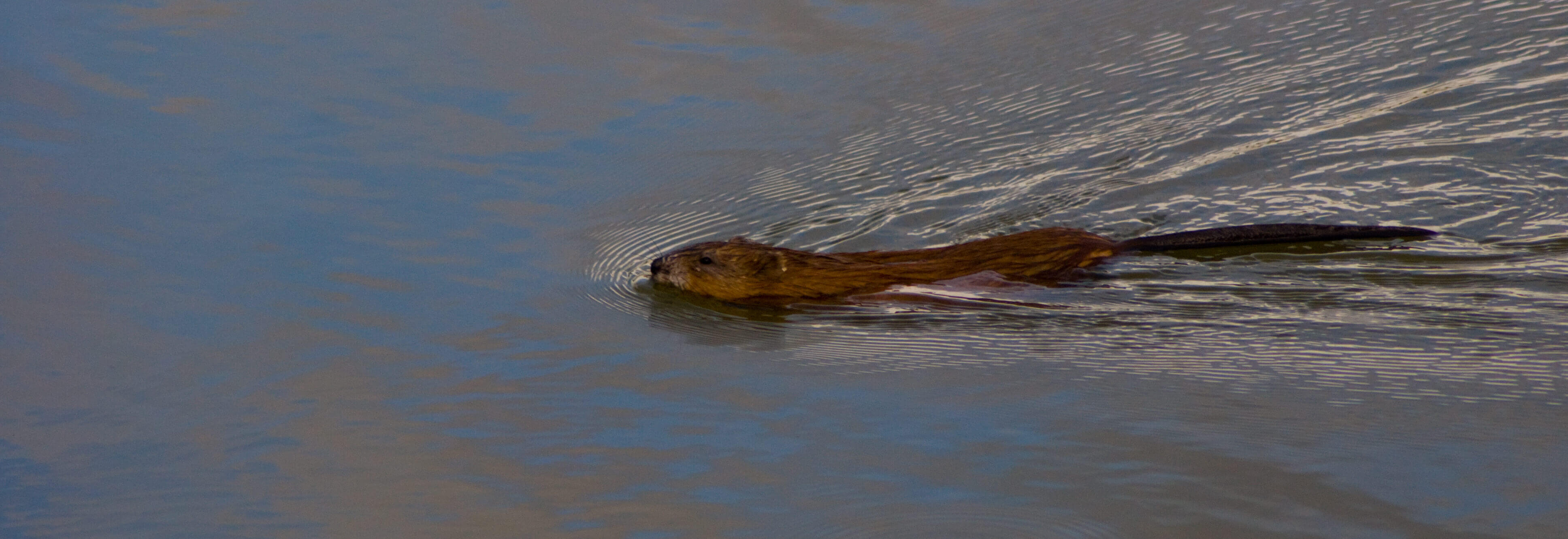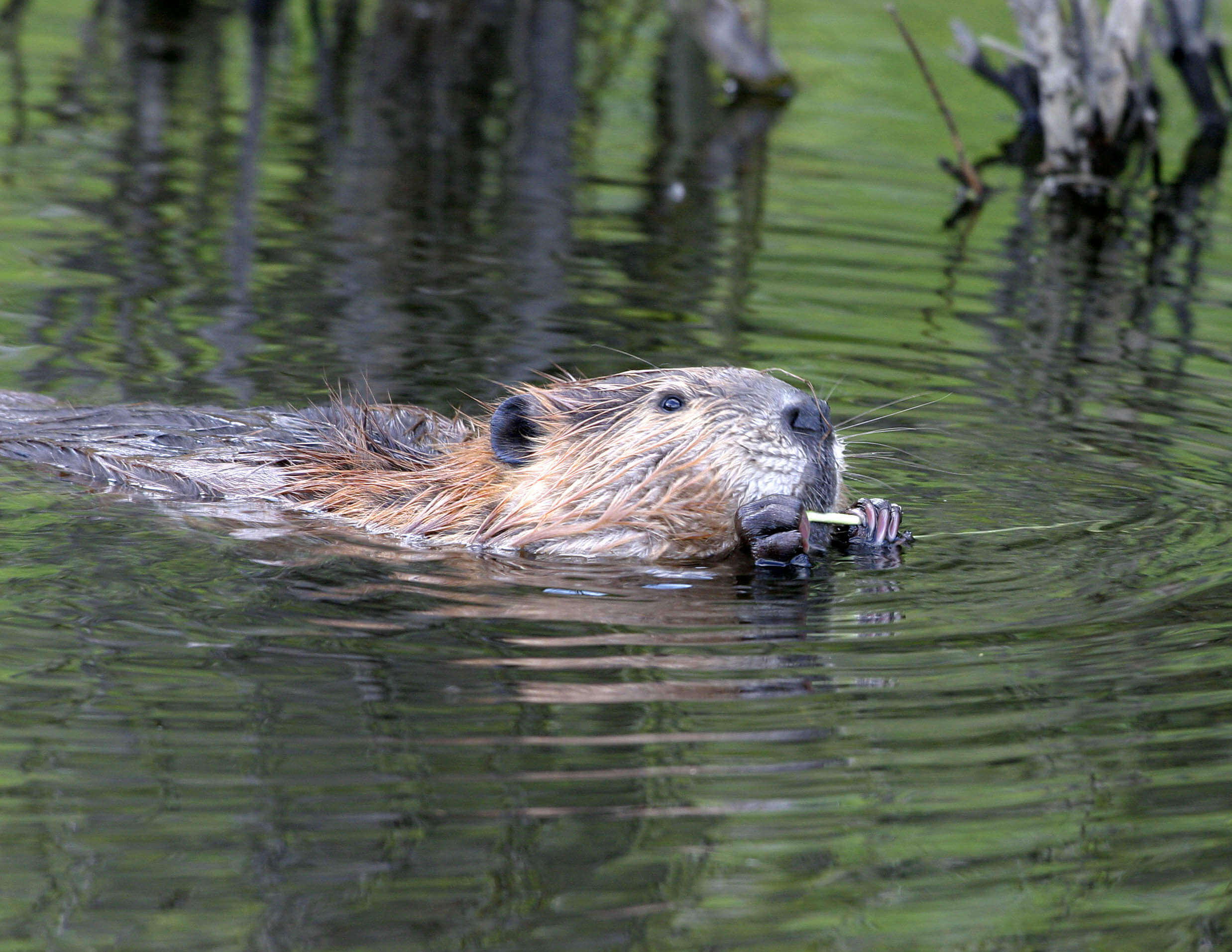Recovering beaver populations and restoring riparian habitat is one of the best ways to increase species diversity and abundance, facilitate animal movements across the landscape, and increase water availability and thermal refugia during the hot summers. Beavers also help maintain stream flows and combat drought by raising the water table.
Once abundant in the region, beavers were mostly exterminated by trappers in the area as early as the 1820s, which damaged the natural hydrologic processes of the region. Prairie streams and wetlands were further degraded as large cattle herds were introduced in the region in the 1880s and allowed unchecked access to sensitive riparian habitat.
Today, beavers are present on streams north and south of the Missouri River and Fort Peck reservoir, but in population numbers far below historic levels. There is suitable beaver habitat on American Prairie’s private land, and no shortage of riparian habitat in need of restoration. Beavers help expedite riparian habitat recovery, so to kick-start beaver recovery, we plant woody species like willow along degraded stream banks and build small temporary dams out of rocks, sticks, and mud. These “beaver dam analogs” (BDAs) slow the flow of water and spread it out over the landscape enough for willows and other woody vegetation to grow, providing the beavers with both food and material for dam and lodge construction.




